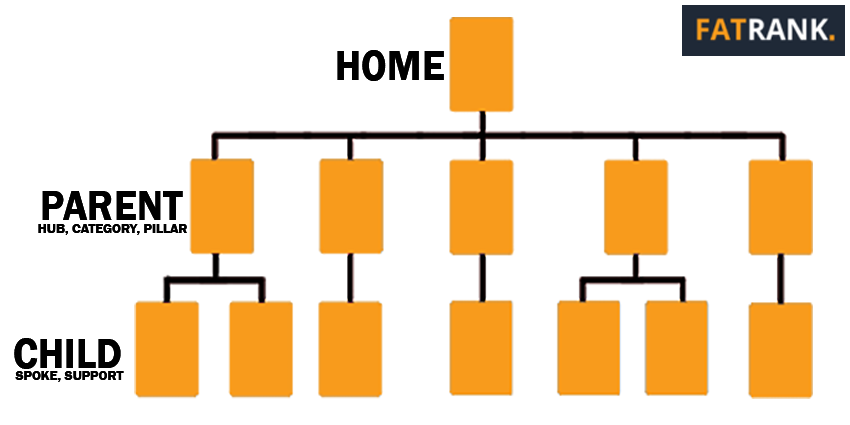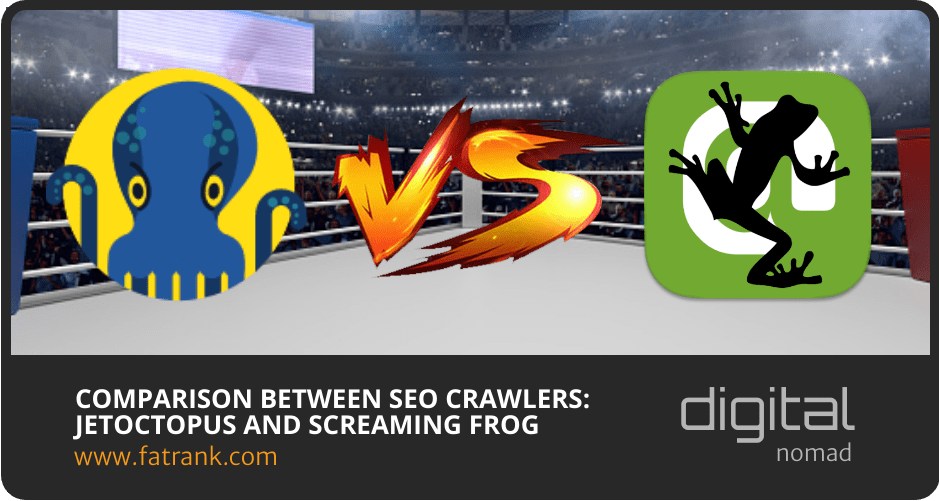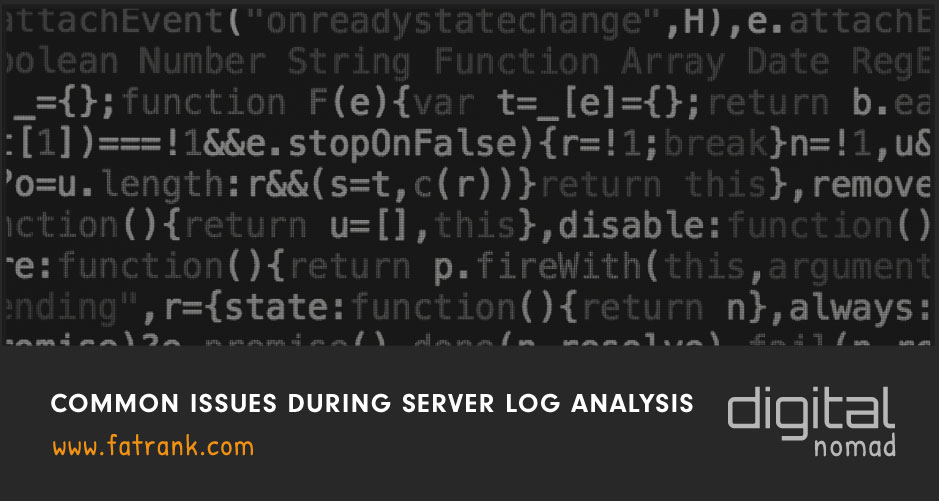
Website Architecture
Website architecture is the foundation of your technical SEO strategies in July 2024.
When it comes to search engine optimisation the site architecture and crawl depth on your domain needs technical SEO updates regularly.
Legacy decisions can harm your website with orphan pages or badly optimised silo structure internal linking.
Screaming Frog helps you take a good look at website information architecture to base your decisions on the internal link analysis.
Contents
What is Website Architecture?
Website architecture is the hierarchical structure that organises and delivers the content on your website.
This hierarchy structure is reflected through the internal linking of your website pages.
The site architecture help users easily find information by clicking internal links on your website.
The hierarchical structure also has technical considerations that help search engine bots crawl your pages and understand the relationship between different pages.
If you haven’t already created your website, the first and most important factor to consider is the hierarchal plan of your website. By planning your pages and the relevant links between them, you can save yourself a lot of hassle down the line.
Improving your Website Architecture
By improving your website architecture, you are not only improving user experience, but you are also helping Google’s spiders crawl your website. The reason why this is so crucial is because it affects the number of your pages that are in Google’s index. A website that has a positive website architecture allows Google spiders to pass through one URL to another via inlinks scattered across your site on each URL.
Inlinks (commonly known as internal links) are the hyperlinks on a website page that point to another page on the website. It’s important to monitor the inlinks that each of your pages has. This can be done through a number of SEO auditing tools including our favourite – Screaming Frog SEO Spider. Screaming Frog is a highly in-depth website auditer that can tell you anything and everything you need to know about your site in a very user-friendly manner.
Screaming Frog allows you to integrate your website with Google Search Console and Google Analytics to provide completely accurate results and to help you find the issues with your website. When used correctly, Screaming Frog will massively help your website.
By correctly creating your website and constructing a perfect web silo, you will be able to rank your site much higher for targeted keywords and you can give customers the best experience possible by allowing them to easily browse your website through the use of internal links.
The perfect web silo includes hub pages. Hub pages (also known as category pages or pillar posts) are basically your main pages that categorise your smaller, less important pages. For example, if you had a website about gardens, your hub pages could be focused on something such as trees. By having trees as hub pages you could then have smaller spoke pages
In terms of website architecture, your website auditing tool should be able to show your website in a tree-graph diagram. This graph is essential as it will show you how Google reads your current site architecture and what it considers to be your hubs and spokes.
Your tree-graph diagram should look very clean, with all of the hub pages cleanly categorising a set of relative smaller pages. These connections are created through inlinks and further notes the importance of interlinking relevant pages.
A good internal linking structure should keep the correct pages relevant to others and will help you with every SEO technique you decide to use.

SEO-Friendly Site Architecture
There are many different technical SEO related factors that affect what is considered a ‘good’ website silo and what is considered a ‘poor’ website silo. There are many great auditing tools out there to use to find these metrics.
By looking at website architecture as the general structure of your website, you’ll understand why it is so important.
Without a good structure, basic SEO tactics such as backlinking will be negatively affected and won’t have the results they could potentially have. This is because the link juice would not be able to flow to relevant pages through inlinks and would therefore not benefit your website as it should.
Relevance is crucial in regards to your website silo. By keeping smaller pages under a relevant category, you are essentially telling Google what your services are about through entities. By creating many different relevant entities, your site as a whole becomes easier for users to understand and for Google to crawl.
Click depth is arguably the most important metric in regard to site architecture. Click depth is the number of links a page is away from the homepage. None of your internal pages should be any further than 4 clicks deep as this promotes a negative user experience and also results in Google struggling to crawl the page.
Having EVERY single one of your pages within three clicks away from your homepage is ideal for your website architecture as this allows Google’s spiders to easily crawl each page. This could be the difference between the page getting indexed or not which is obviously crucial for any website.
A good website architectural structure equals a good user experience. A poor website architectural structure can cause a very negative user experience. It’s one of the most important fundamentals of SEO and development and if you don’t get it right, you could be massively slimming your chances of doing well.

Summary
Your website’s architecture is important for both user experience and technical SEO.
The hierarchy structure of your web pages improve dwell time and entice users to consume more of your content.
The site architecture also helps the crawlers navigate your site easier and groups documents into topical clusters.
Researching Screaming Frog SEO is going to improve your website rankings as distributes your link equity throughout your web pages.
- A Fair Comparison Between SEO Crawlers: JetOctopus and Screaming Frog

- Absolute Links vs Relative Links

- Common Issues During Server Log Analysis

- Google Bot Crawl Budget Optimisation

- Silo Internal Linking

- Technical SEO Checklist

- Website Architecture

Resources
- https://www.screamingfrog.co.uk/site-architecture-crawl-visualisations/
- https://www.screamingfrog.co.uk/seo-spider/user-guide/tabs/
- https://blog.alexa.com/website-architecture/
- https://blog.hubspot.com/marketing/website-architecture
- https://backlinko.com/hub/seo/architecture
- https://moz.com/learn/seo/website-architecture-internal-links-video
- https://builtvisible.com/solving-site-architecture-issues/

About FatRank
Our aim to explain and educate from a basic level to an advanced on SEO and Social Media Marketing.
